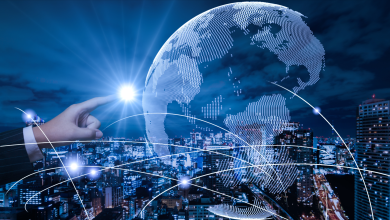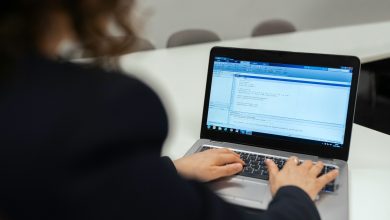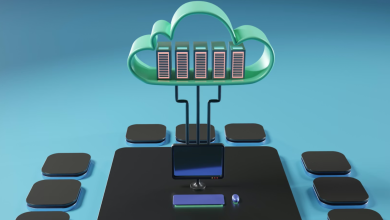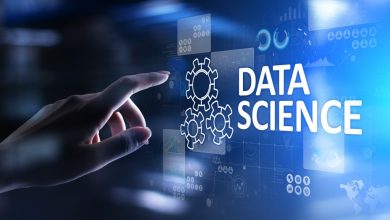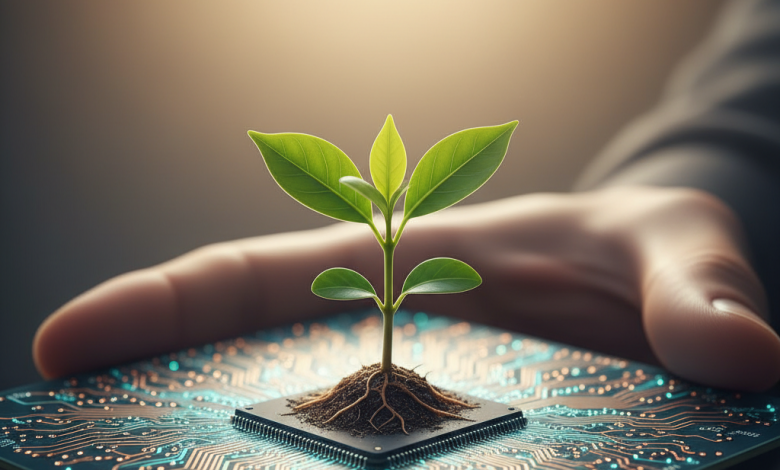
The pressure on businesses to adopt sustainability has reached a tipping point. Environmental, Social, and Governance (ESG) mandates are no longer theoretical ideals but real demands from investors, regulators, and consumers. However, many companies struggle to measure their environmental footprint, prove their impact, and turn these efforts into tangible value.
The solution is combining AI with RWA tokenization, a process that turns physical assets into digital tokens on a blockchain. This creates new pathways to a greener, more profitable future.
This article will explore how data-driven insights provide the information needed to monitor sustainability efforts. It will also show how this data can be transformed into valuable digital assets, and explain why early adopters are already seeing both environmental and financial returns from this technological combination.
AI: The Engine of Precise Environmental Data
Sustainability starts with data. Without accurate, real-time insights into resource use, emissions, and waste, organizations are essentially flying blind. This is where AI becomes indispensable.
AI-powered monitoring systems can process massive datasets from IoT sensors, satellite imagery, smart grids, and supply chain platforms. Consider a typical manufacturing facility where AI algorithms like neural networks can monitor machine performance, predict maintenance needs to reduce energy waste, and optimize production schedules for peak efficiency. One automotive plant using AI-driven predictive maintenance reduced energy consumption by 15% while cutting unplanned downtime by 30%.
In commercial buildings, machine learning algorithms analyze occupancy patterns, weather data, and energy usage to adjust HVAC systems. The results are impressive, buildings using AI-driven energy management typically see 20-30% reductions in energy costs.
AI also is an expert at predictive analytics. It uses techniques, such as random forest algorithms and time series analysis. These can forecast supply chain vulnerabilities, anticipate resource shortages, or identify climate risks. A global food company recently used AI to predict drought impacts on their supply chain six months in advance, which allowed them to source alternative suppliers and avoid disruptions.
The precision and scale of AI transform abstract environmental goals into measurable, actionable insights.
Real World Asset Tokenization: Creating Digital Value
Real world assets tokenization turns the data from AI into real business opportunities. The process takes physical assets and converts them to digital tokens on blockchain networks like Ethereum or Polygon, which gives them transparency, immutability, and tradability.
For sustainability, this addresses critical market failures. Consider carbon credits, essential for corporate net-zero strategies. The traditional carbon market suffers from opacity, slow settlements, double-counting, and fraud. The global voluntary carbon market, worth $2 billion in 2022, could reach $100 billion by 2030 if these issues are resolved.
Tokenization offers a clear solution to these problems. First, AI accurately measures things like the amount of carbon absorbed by a forest or the emissions saved by a solar project. Then, this verified data is used to create carbon credit tokens on a blockchain, with each one representing a single, verified unit of carbon reduction.
Once created, these digital tokens can be tracked all the way from their creation to their retirement, which ensures they are genuine and can’t be sold twice. The end result is a trustworthy, fast-moving market that attracts new people and builds confidence in the system.
“Asset tokenization is the single greatest opportunity for the blockchain to unlock trillions of dollars in value by creating a global, programmable, and liquid market for all assets.”
— Chris Dixon, General Partner, a16z Crypto
The Powerful Partnership: New Business Models
When AI and RWA tokenization work together, they create a powerful circle that turns sustainability from an expense into a way to make money. Here’s a look at this new business model:
Verified Value Creation
AI provides accurate measurements that prove sustainable actions are taking place. When this data is turned into tokens, it converts environmental benefits into real tradable assets. For example, a wind farm that uses AI to run its turbines efficiently can create and sell digital certificates for each megawatt-hour of clean energy it produces.
“We at RWA Inc. believe Technology Can fix real-world problems. Blockchain is the foundation, and AI is the amplifier to achieving a better and more sustainable world, literally”
~ Kevin Yunai, CEO & Founder RWA Inc.
Enhanced Market Access
Tokenized environmental assets can be traded on global blockchain networks 24/7, which makes them much easier to buy and sell. This is drawing in big investors who previously avoided the traditional environmental markets because they were so complicated and hard to understand. For instance, Goldman Sachs recently put $200 million into tokenized carbon credits, a clear sign that this is becoming a mainstream business.
“The next generation for markets, the next generation for securities, will be tokenization of securities.”
— Larry Fink, CEO, BlackRock
Direct Financial Incentives
Companies can now make money directly from being more sustainable. For example, a delivery company that uses AI to find the most efficient routes and save on gas can turn those reduced emissions into verified carbon offsets and sell them. This gives them an immediate financial reward for their eco-friendly actions.
Transparency and Compliance
All transactions and the data behind them are recorded on the blockchain’s permanent ledger, which can’t be changed. This means anyone can publicly check and verify the information, which builds trust with all parties and makes it easier to follow regulations.
Real-World Applications Beyond Carbon
This model goes far beyond carbon credits. Water rights can be tokenized and traded based on AI-monitored conservation efforts. Biodiversity credits, which pay landowners to protect habitats, can be verified through AI analysis of satellite imagery and other ecological data. Additionally, renewable energy certificates can be backed by AI-verified production data, allowing them to be traded seamlessly across borders.
The global market for tokenized assets is expected to hit a massive $5.6 trillion by 2030, and a big chunk of that growth will come from environmental assets.
Addressing the Challenges
Despite its benefits, this innovation faces real obstacles. The biggest issue is that regulatory frameworks lag behind the technological capabilities, which creates uncertainty for early adopters. For example, older blockchain networks like Bitcoin use a huge amount of energy, which goes against the idea of sustainability. However, newer proof-of-stake networks, like Ethereum 2.0, use 99.9% less energy.
Standardizing environmental data across industries is complex. It requires collaboration between tech companies, environmental scientists, and regulators. However, organizations like the International Organization for Standardization are developing frameworks for tokenized environmental assets.
The Path Forward
The collaboration of Artificial intelligence and RWA tokenization is far beyond a trend. It’s building an infrastructure where every kilowatt-hour saved, every ton of CO2 reduced, and every gallon of water conserved can be measured precisely and converted into valuable digital assets.
Early adopters are already seeing results. Companies using AI-driven sustainability measures report average cost savings of 10-20% while improving their ESG scores. Meanwhile, those tokenizing environmental assets are finding new revenue streams and attracting ESG-focused investors.
As climate issues get more serious and resources become scarcer, this pairing of technologies offers a practical way forward. We’re building an economy where every step toward a greener planet can be measured, valued, and traded. The technology exists. The markets are ready.
The question is, are you prepared to join this transformation?

